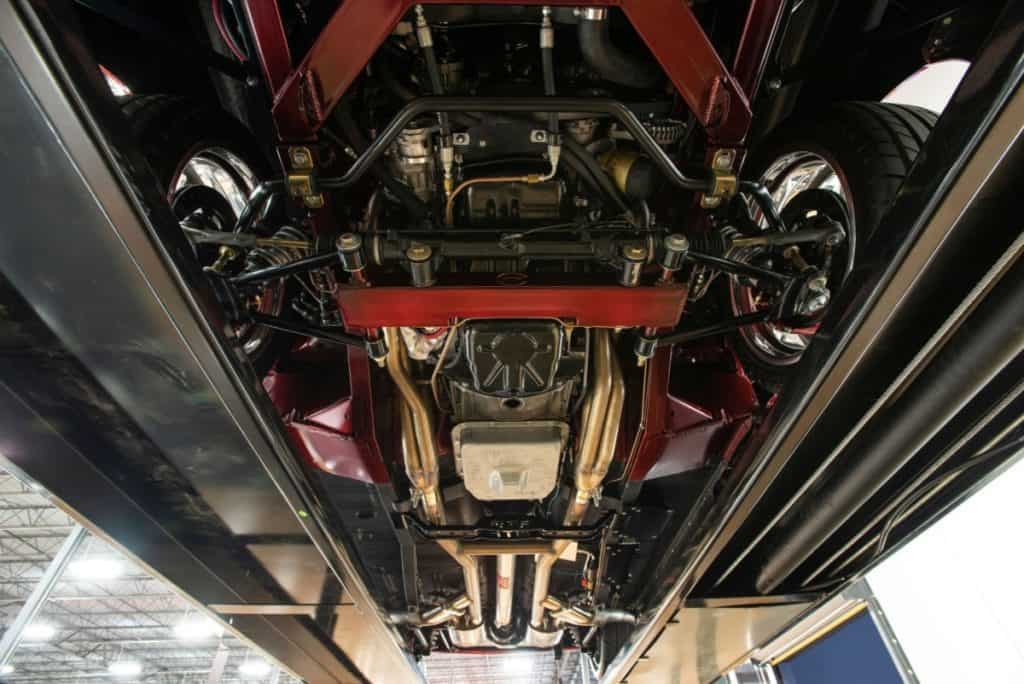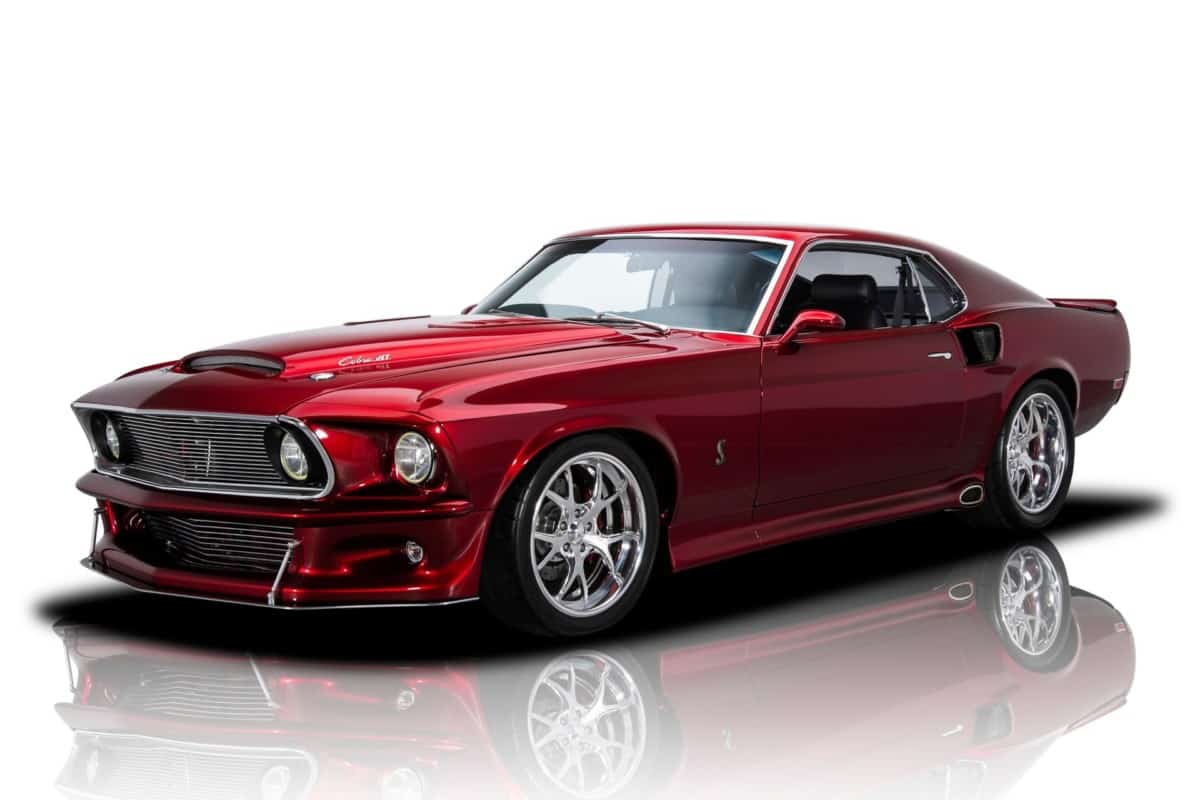While researching Ford Mustang Restomods, I created this frequently asked question page to answer commonly searched questions. I also have links to articles covering items like how much does it cost to build a restomod, what does it cost to restomod my car, and what a restomod is worth.
Some other worthwhile articles include: Can You Buy A Restomod Without A Title?, Restomod Financing: How To Get A Loan Without Getting Ripped Off?, Restore or Restomod A Classic Car?, and Can You Drive A Classic Muscle Car Daily?
Ford Mustangs At A Glance
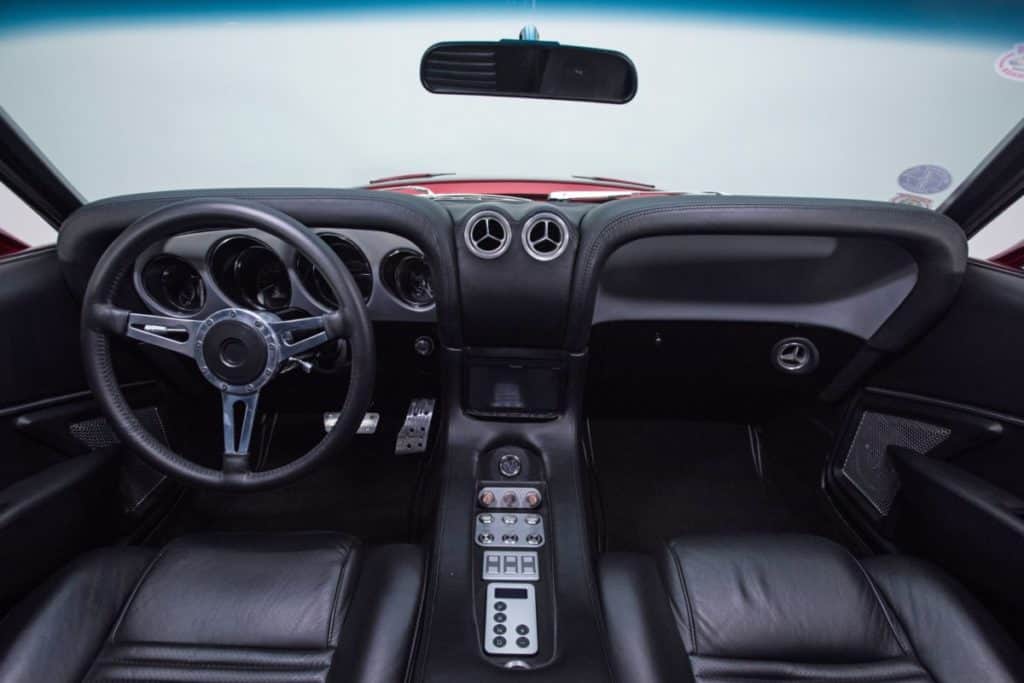
According to auctions, a car in perfect condition is worth $80,300 – $407,000. But numbers matching, modifications, and the type of restoration, if any, will affect the worth.
According to auctions, a car in perfect condition is worth $58,300 – $207,000. And numbers matching, modifications, and the type of restoration, if any, will affect the worth.
The Ford Mustang Mach 1 came out in 1968. And, the Ford Mustang Mach 1 was a performance-oriented option package of the Ford Mustang, originally introduced by Ford in August 1968 as a package for the 1969 model year.
The curb weight of a 1966 Ford Mustang is 2,445 lb (1,109 kg) (base)
Orange. Overall, the 2004 Competition Orange with standard interior and automatic tranny is the least made and rarest mach to own!
The 428 Cobra Jet is an R–code, which decodes as ram air, and is backed by a four-speed and a Traction-Lok rear end. The carburetor and ram air scoop was missing, but Houseman found the air cleaner assembly in the trunk.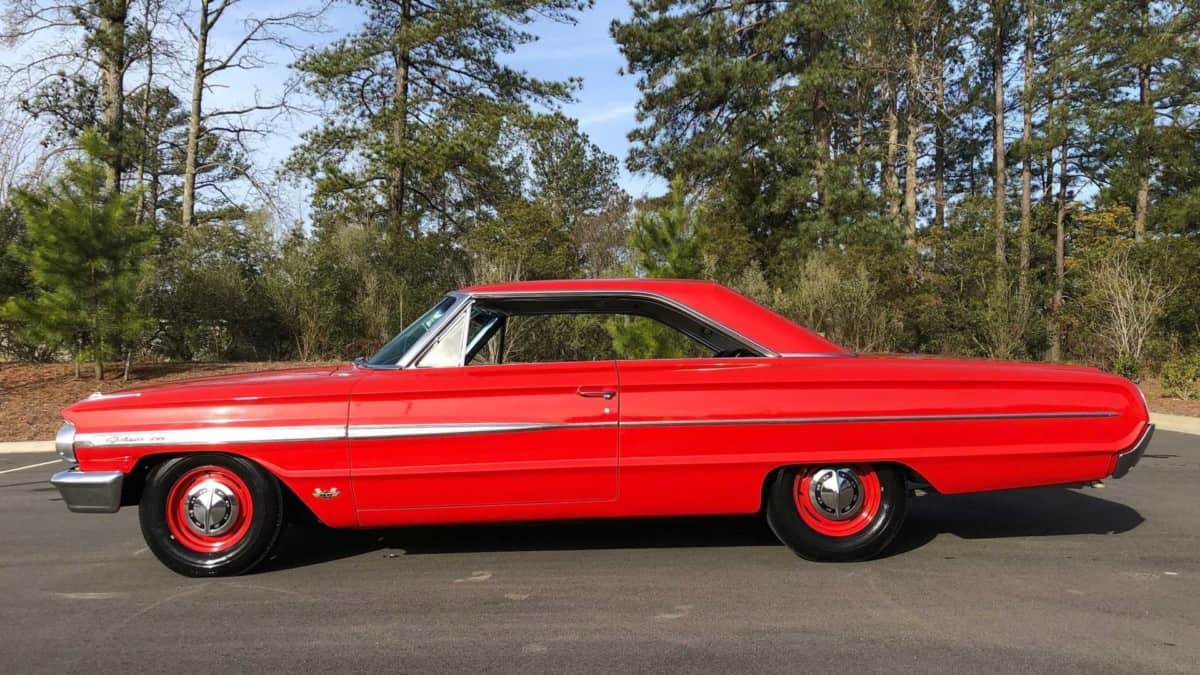
The 8 cylinder overhead valve naturally aspirated engine has 2 valves per cylinder and a displacement of 5.8 liters. And it produces power and torque figures of 173 bhp (175 PS/129 kW) at 4400 rpm and 350 Nm (258 lbft/35.7 kgm) at 2400 rpm respectively.
You can easily get 300-325 hp from a 289 and it’s not particularly hard to do. Performer rpm or Weiand stealth intake, comp cams xe274h cam, tri-y headers, 525 road demon carb, and a set of Windsor jr or afr 165 heads, and you should be very close.
The 289 weighed 506 lb (230 kg). In 1963, The two-barrel 289 replaced the 260 as the base V8 for full-sized Fords. Because the base version came with a two-barrel carburetor and 8.7:1 compression; it was rated at 195 hp (145 kW) (SAE gross) at 4,400 rpm and 285 lb⋅ft (386 N⋅m) at 2,200 rpm.
These are the rarest mustangs: The 1964 World’s Fair Skyway Mustang, 1967 Shelby GT500 Convertible, 1967 Shelby GT500 Super Snake, 1968 Shelby Green Hornet, and Ford’s Aviation Series.
There are a number of engines that will fit the 1965 Mustang fastback, with varying degrees of ease. But the easiest swaps would be to install either a 289,302 or 351 V8. Small block Windsor and Cleveland V8 engines use the same engine mounts, so that’s an easy one.
A little-known chapter in the history of the first Ford Mustang ever built comes full circle this week when the man who unknowingly sold — and possibly saved — the car sees it displayed in its place of honor at the Henry Ford Museum in Dearborn, Michigan.
1969 Ford Mustang Mach 1 Competition. The Z-28 version could be purchased with disk brakes all around and came with the 4.9-liter small-block V8 that was enough for 290 horsepower at 5,800 rpm and 290 pounds-feet of torque at 4,200 rpm.
A 1969 Mustang Mach 1 is 187.4 inches long. Additional info is as follows: Curb Weight: 3175 lbs. Length: 187.4 in. Wheel Base: 108 in.
On the auction block, we’re seeing the Mustang Boss 429 going for nearly half a million dollars.
A Boss 429 cost $4,740 is 1969. Ford introduced Boss 429 to compete with Mopar Hemi in NASCAR. It had disc brakes at the front end and drum brakes at the rear end with a good quality of Goodyear tires.
Yes, Saleen Mustangs are rare. Released in limited numbers in 1990, 1991 and 1993, the Saleen SC Mustangshows how much potential the Fox Body Mustang has. Because of the small production run and the performance bona fides of the Saleen SC, the car is extremely rare today and continues to fetch high prices when surviving units go up for auction.
The original ’65 Ford Mustang weighed in at just 2,445 for the base straight-six model. The 1979 Mustang (the first Fox Body) was near as light, coming in at 2,530 lbs. That was even lighter than the Mustang II, which was 2,620 lbs at its lightest.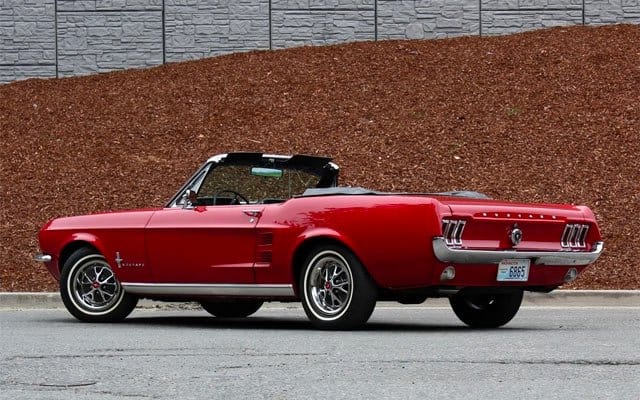
Why is it called a Fox Body? … But, it’s called a Fox Body because it’s on the Ford Fox platform. Ford designed the Fox platform as a unibody chassis and used it across a wide range of Ford/Lincoln/Mercury vehicles. Ford’s main objective with the Fox platform was to downsize the massive cars they made in the ’70s
The coyote will fit into a 67-70 mustang without cutting the shock towers. however, the fit is quite tight. you can slim down the shock towers though to get the room you need for headers.
The Price of a 1964 1/2 Mustang hardtops ranges from about $6,000 to $25,000, with the average value being $18,000. Certain options such as a four-speed transmission increase its value $1,000 and if it has 289/271hp V-8, add another 30 percent.
A 1969 Ford Mustang Mach 1 would go 128 miles per hour. It had 250 horsepower at 4,600 rpm, going from 0-62 mph in 8 seconds, and weighed 3,254 pounds.
The Boss 429 was advertised at 375 bhp (380 PS; 280 kW) at 5200 rpm and 450 lb⋅ft (610 N⋅m) of torque at 3400 rpm.
The second-generation Ford Mustang, marketed as the Ford Mustang II, is a two- or three-door, four-passenger, front-engine/rear-drive pony car manufactured and marketed by Ford from 1973 to 1978.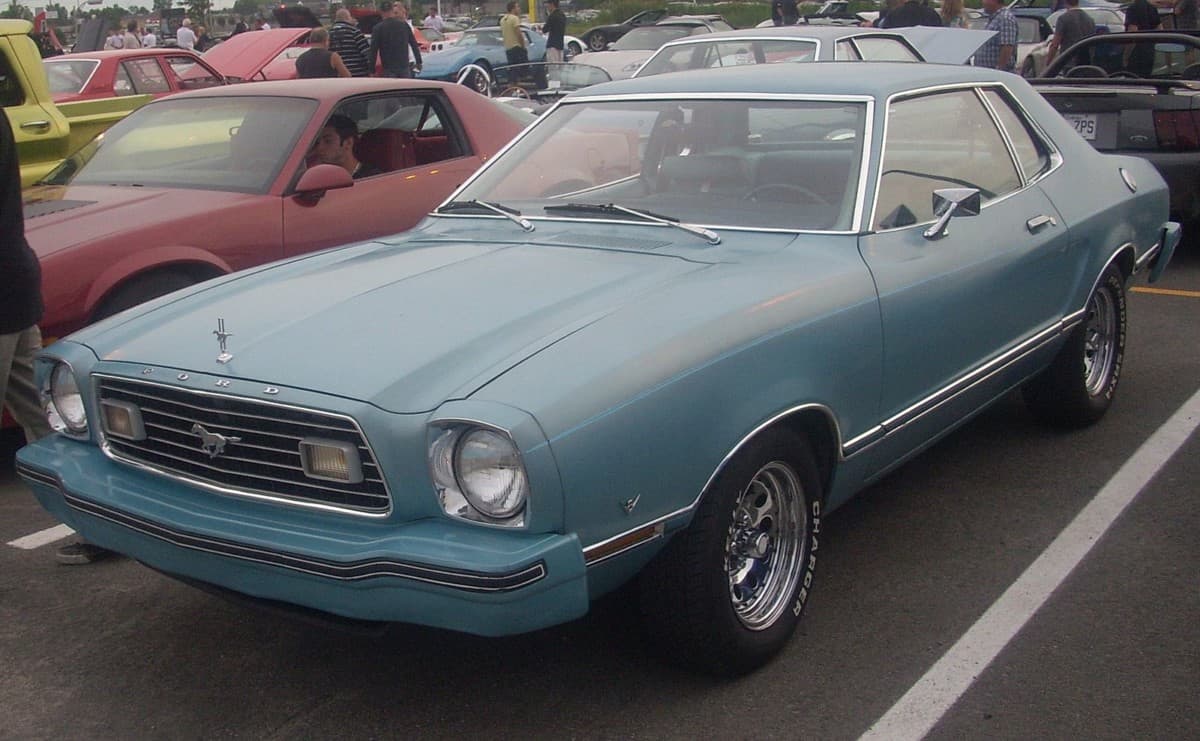
Originally, the Mustang II IFS became popular with street rodders not only because it was relatively easy to install, compared to a subframe swap, but also because it handles so well and provides better brakes and a rack and pinion steering option as a bonus.
Shelby GT500 Supercharged 5.8l. With 662 horsepower and 631-pound feet of torque, the 2013 GT500 is the most powerful Mustang Ford has ever built, and for a time, it was the most powerful production car engine ever built in North America.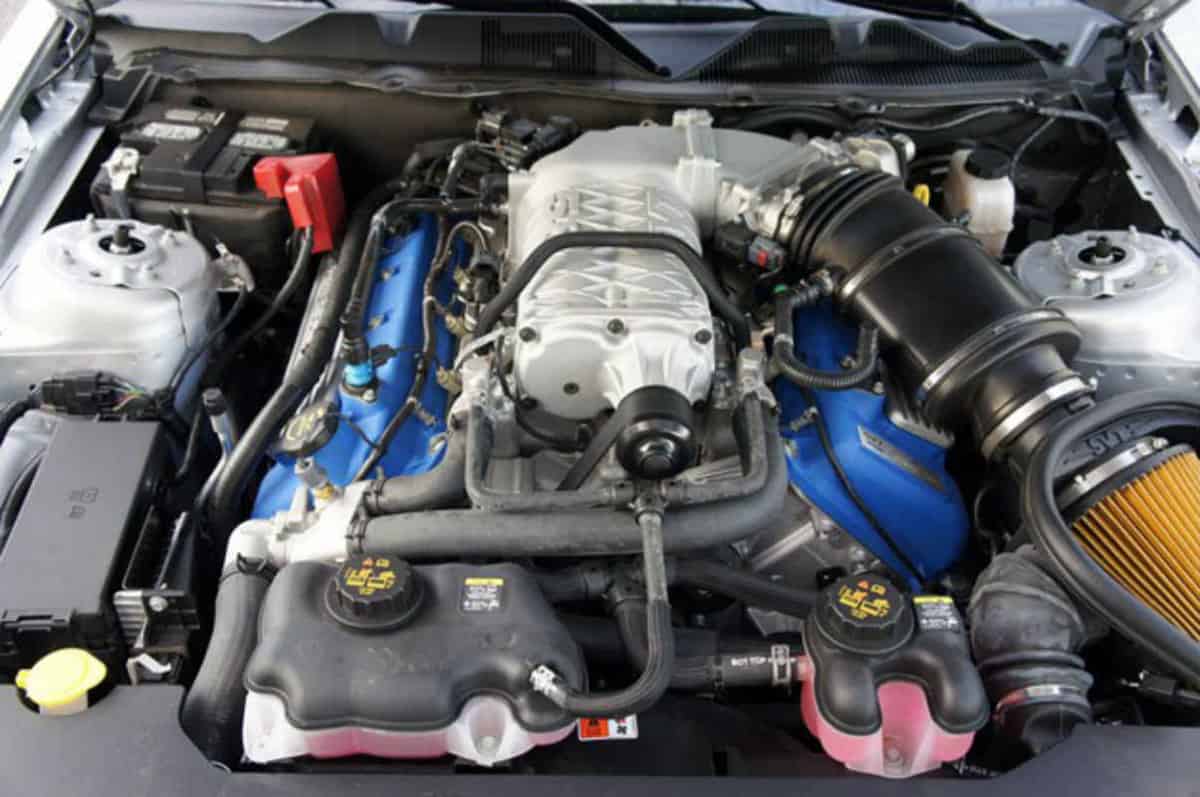
Yes. Ford built the first Hemi. Chrysler fans claim that there first hemi was the 1945 experimental V16 aircraft engine. Code-named “XIV-2220”, this two-valve per cylinder engine produced 2,500hp
The “K” in K–code Mustangs refers to the engine: a durable, lightweight “Hi-Po” 289-cu.in. V-8, featuring just enough special equipment to help it make an official rating of 271 hp. Until 1967, it was the top engine option available to Mustang.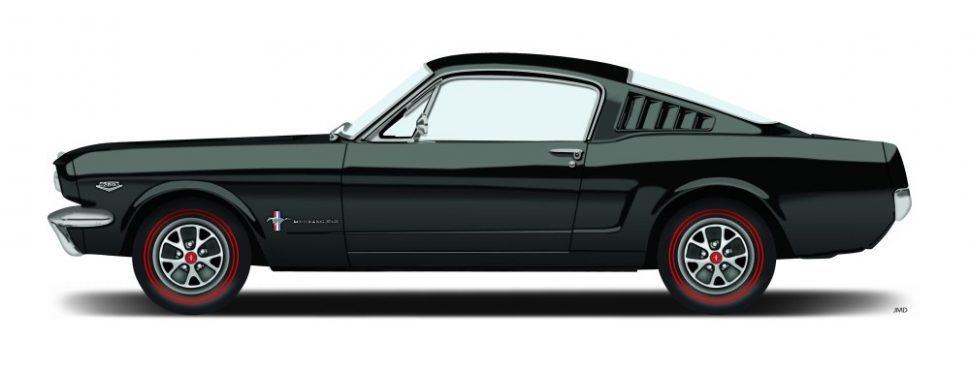
Ten models of each SA-30 302 Mustang, 570 Challenger & 620 Camaro were offered (thirty vehicles total). Each vehicle was produced in a special Saleen ‘Pearl White’ paint with color-matched wheels and SA-30 specific interior design.
Yes, notchback mustangs are rare. Ford manufactured only a handful of T-Top Mustang Notchbacks, making them some of the rarest vehicles produced in the Fox Body era.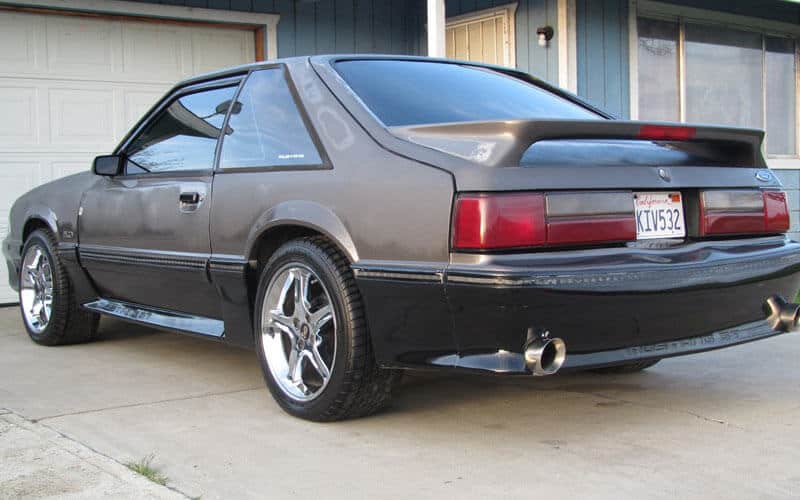
5.0L refers to the total volume (swept volume) of the engine in Liters. Each cylinder has an equal displacement (or volume) which when added up comes to 5.0L (or 5000cc). For example, if it were a V8engine each cylinder would have an equal displacement of 625cc or .625L.
Ford named the 5.0 engine after the car chassis that AJ Foyt drove during his INDY career. Foyt’s engine was built by FORD and his car chassis “brand” was Coyote.
Yes. There are several ways to go about getting more speed from one of these cars, including upgrades to the engine, exhaust system, and suspension.
The aluminum, 4-valve per cylinder heads are a major reason the Coyote engine is able to produce over 400 horsepower from a displacement of only 5.0L.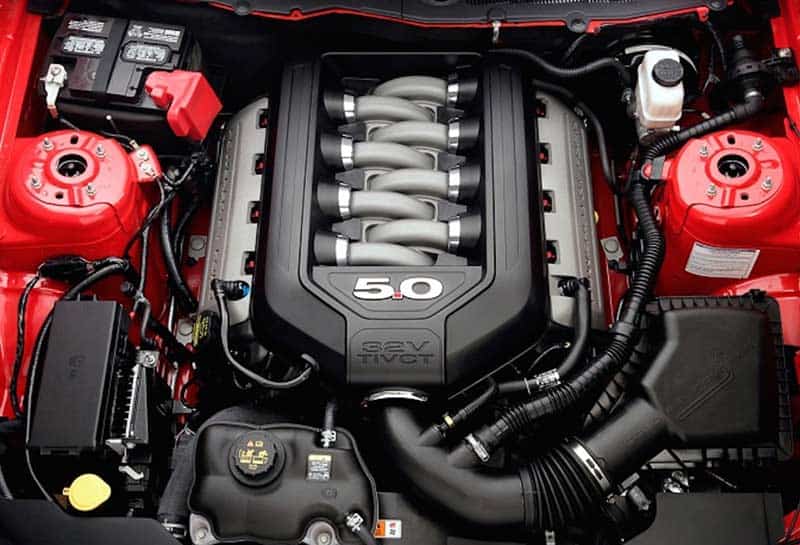
Yes. Ford’s Coyote crate engine is a modular V8 engine with a 5.0L displacement. Despite its relatively small displacement, it’s able to create 412 horsepower by using Twin Independent Variable Camshaft Timing and Cam torque actuation. 
A coyote engine swap costs $10,000 – $20,000 depending on the parts you need.
The Mustang is famous because it’s the first pony car to ever exist. The idea behind the creation of the car was pretty simple: Put a big engine in a smaller-sized car and you get a small light car with lots of power. Today, the Mustang remains the best selling pony car in the market.
If your Mustang GTA printout has PIO on it—it means performance image option. refers to the GT equip.
A v6 mustang produces 300-hp @ 6500-rpm and 280 lb-ft of torque @ 4000-rpm, all of which comes out of a 3.7-liter Dual Overhead Cam (DOHC) engine with Variable Valve Timing.
Yes. You should use a higher octane level in premium gasoline to reduce “knocking” inside the engine. … Because the Mustang GT is a high-performance vehicle, the engine is more susceptible to knocking if premium gas is not used.
Yes, a coyote engine swap is most definitely worth it. When you throw a lot of horsepower into a light body, you’re able to get substantially more speed. Though these modifications can be challenging, if you’re able to correctly execute a Coyote Swap on a Fox Body Mustang you’ll have 420 horsepower in a 3,000-pound car.
Yes. A tune is required for LT headers on any OBDII Mustang. Plus, the engine will be running much leaner without any tune adjustments. Your best bet is to get a CAI and Bama tuner first. Then, you can always add LT headers and shorty mid-pipe down the road.
